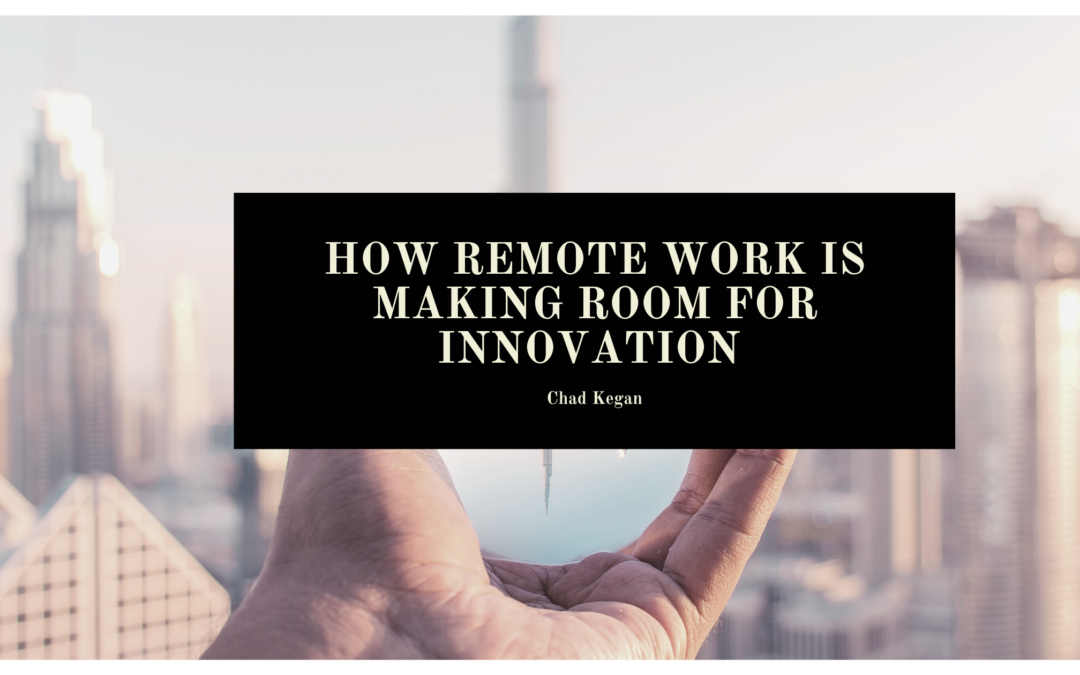Remote work is a style of work that has been in use for many years. IBM, in 2014, had over 40 percent of its entire workforce working remotely. However, in 2020 many workers will be forced to work remotely from their homes. As something that was previously viewed as impossible or challenging, remote work is now being viewed in a different light by many organizations. Remote work has paved a new path for innovation in many industries.
Industry Disruption
Before the heavy use of remote work, major cities were previously notorious for being hubs for innovation and new ideas. However, with workers being forced to work within the confines of their own residences, companies and individuals were also forced to continue being innovative without meeting in large spaces with one another. With the new challenges in place, many individuals and organizations still found ways to remain innovative. Remote work is now threatening the notion of the “innovation hotspots” that were previously seen as necessary for growth.
Proving Otherwise
In a study that Google previously conducted, researchers found that remote work didn’t have an impact on the productivity of Google’s employees. Through video conferencing, workers are able to communicate with one another and expand their ideas. Additionally, employers can still monitor the paces and performance of their employees through a multitude of platforms.
New Development
With the advent of remote work, many workers are now moving away from more expensive cities into rural and less expensive urban areas. In fact, many areas are providing incentives for workers to move and bring development to their areas. With a rise in remote work, many workers no longer need to live close to the physical locations of their companies and can now live elsewhere. Many companies are also following suit and eliminating their needs for office spaces and large central buildings.
Remote work hasn’t been fully accepted yet but is making way for innovation throughout the world. Many industries will still need physical locations, physical workers, and face-to-face communications. However, many industries are increasing their usages of remote employees and workforces. As technology advances, remote work will surely continue to grow along with it.

